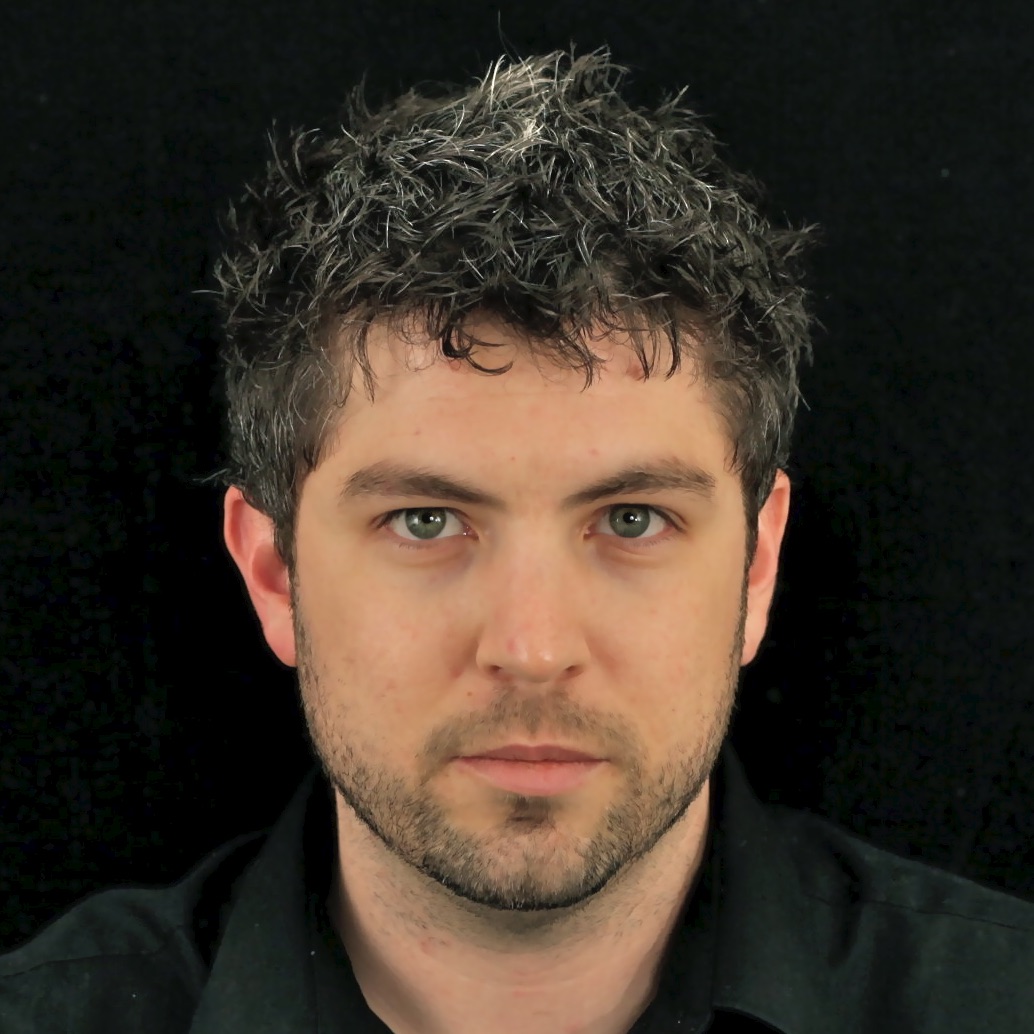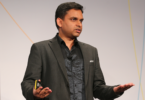Natan Linder is co-founder and CEO of manufacturing technology company Tulip and co-founder and chairman of Formlabs, a pioneer and industry leader in professional desktop 3D printing. Tulip, a spinoff out of MIT, headquartered in Somerville, MA, with offices in Germany and Hungary, helps companies of all sizes, across industries including pharmaceuticals, consumer packaged goods, industrial equipment, contract manufacturing, medical devices and others, equip their frontline workforce with tech to improve productivity. Tulip has been recognized as a Challenger on the 2021 Gartner Magic Quadrant for Manufacturing Execution Systems and is a World Economic Forum Technology Pioneer.
Prior to starting Tulip and Formlabs, Linder, who has expertise in computer science, product design, and entrepreneurship, was co-founder and general manager of Samsung Electronic’s R&D Center in Israel, spearheading the group’s innovation efforts in mobile and shipping multiple products to the global market. He also worked for Sun Microsystems, Rethink Robotics, and served as an entrepreneur-in-residence at Jerusalem Venture Partners, an Israeli venture capital firm. Linder holds a PhD from MIT Media Lab’s Fluid Interfaces Group and a Master of Science in Media Arts and Sciences from MIT. He is the co-author, with Trond Arne Undheim, of a book entitled “Augmented Lean: A Human-Centric Framework For Managing Frontline Operations,” which is scheduled to be published by Wiley later this year. He recently spoke to The Innovator about why companies need to empower the frontline workforce with the right tech tools.
Q: What prompted you to write Augmented Lean: A Human-Centric Framework For Managing Frontline Operations?”
NL: If you think about it Industry 4.0 promised a lot but has delivered little. Compare its progress with the Internet or the evolution of Linux or Cloud based services. So why is it so hard? Venture capital is underfunding deskless tech—only 1% of software funding goes to developing technology for the 80% of the global workforce that is deskless. It is much easier to fund software for the IT dept or marketing, HR and finance and making those things more efficient. Operations are just harder but there is a huge value when we build tech for the shop floors where people do work and connect it to platforms that basically allow front line workers to consume info and data and generate it for the purpose of running their operations. The new generation of workers are used to a hyperconnected mobile first, data anywhere world and they expect to be able to use these tools at work, including on the frontline That is why Tulip and others have developed tools to put in the hands of frontline workers. People who do the work care about what they do and if you give them the tools and empower them, they can improve workflows.
Q: Can you cite some examples?
NL: For our book we conducted 75 interviews, with early adopters who shared their stories of transformation and the challenges through many different lenses. One of them is Tulip client Stanley Black & Decker, a leader in operational innovation. Stanley Black & Decker have empowered front line workers in all its factories around the world.
Q: It’s clear that new tech tools are augmenting frontline workers. Where does the lean part come in?
NL: To be effective the tools that people use need to be simplified, which explains the strong uptake of low code/no code [types of software development environments that allow people without technical backgrounds to drag and drop application components, connect them together, and create mobile or Web apps.] By 2025, 70% of new applications developed by enterprise will use low-code or no-code technologies, up from less than 25% in 2020, according to the consulting firm Gartner. This is prompting the shift to a so-called citizen development culture.
Q: What sort of processes need to be put into place to allow a citizen development culture to thrive in frontline operations?
NL: People on the operations side believe they could solve their own problems if they have the tools but often companies insist on controlling all systems of record and have standardized processes. Executives worry about minimizing risk. The IT department worries about security. Those in charge of quality worry about maintaining control of regulated and critical processes. My message to corporates is there is a way of doing this with guardrails. Managing a platform, rather than individual applications permits an enterprise to set rules, permissions, and approvals, allowing engineers to build applications within predefined constraints. The success of this approach requires buy-in throughout the organization, a change in functional hierarchy and good governance. The pay-off is that allowing citizen developers to solve real problems will motivate them and drive better business outcomes.
Q: What do you want readers’ key takeaways from the book to be?
NL: Augmented Lean management builds on a set of distinct human traits (a hacking mentality), enabling the organization (tools, techniques, technologies), leadership mindset (augment, decentralize and empower) and systematic awareness (understanding and respecting all levels of the system). Through Augmented Lean practices on the factory floor, workers have a fair chance to stand on equal footing with the white-collar knowledge worker. In the world my co-author and I envision, empowered frontline workers could even leapfrog traditionally educated engineers or operations professionals. At the very least, the citizen developer spirit will allow them to update skill sets and communicate with managers at more equal levels, to have a keen awareness of the most important emerging manufacturing innovations; be motivated to try and understand what’s happening around them and to help the companies they work for remain innovative. If Augmented Lean becomes a prevalent approach, the world’s leaders will stop talking about the future of work as some sort of mantra. Rather, we should immediately seek to foster and subsequently make full use of an empowered, contemporary workforce. The future of work is ready now.
Q: What advice do you have for corporates?
NL: Build human capacity by decentralizing and localizing responsibility and control, empower workers and managers, make sure there is respect for employees at all levels of your business, ensure that all tasks and the overall system remains open, agile, and lean. Get started. Take it from the bottom and create a platform for augmented lean innovation.
This article is content that would normally only be available to subscribers. Sign up for a four-week free trial to see what you have been missing.
To access more of The Innovator’s Interview Of The Week articles click here.







